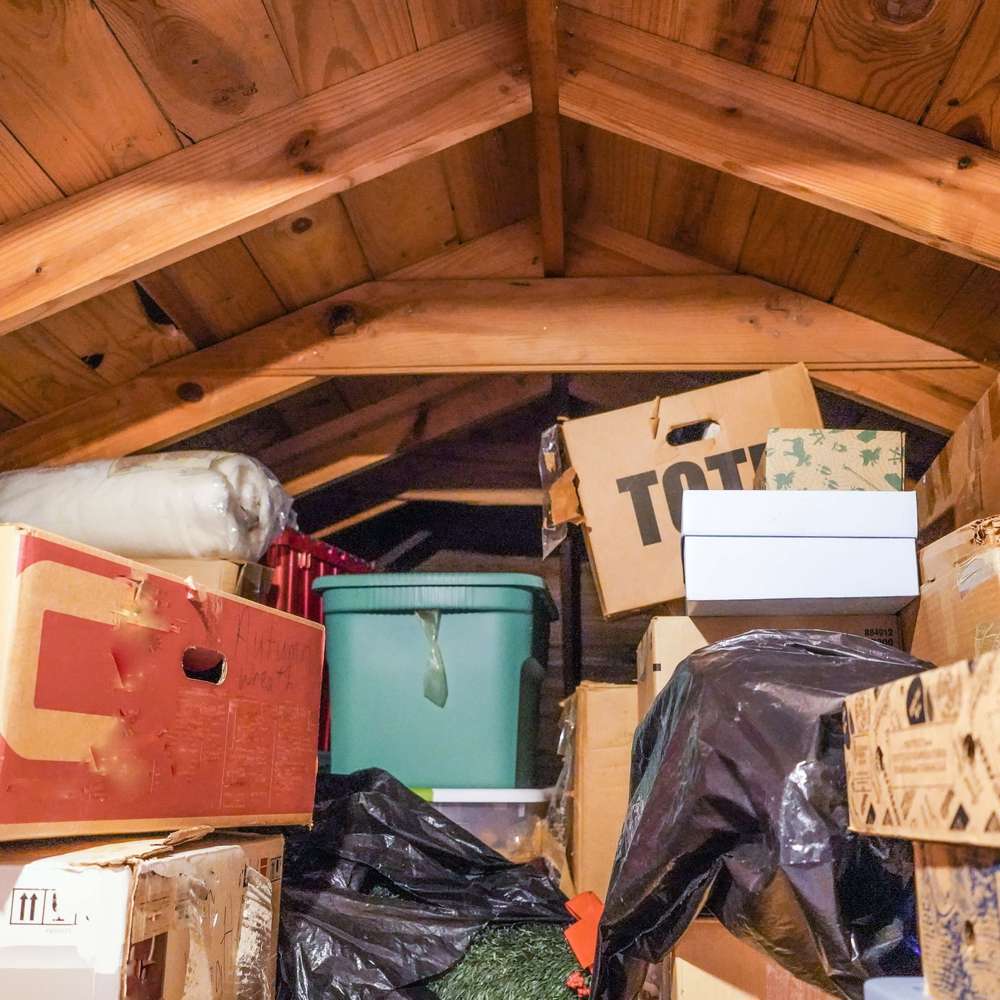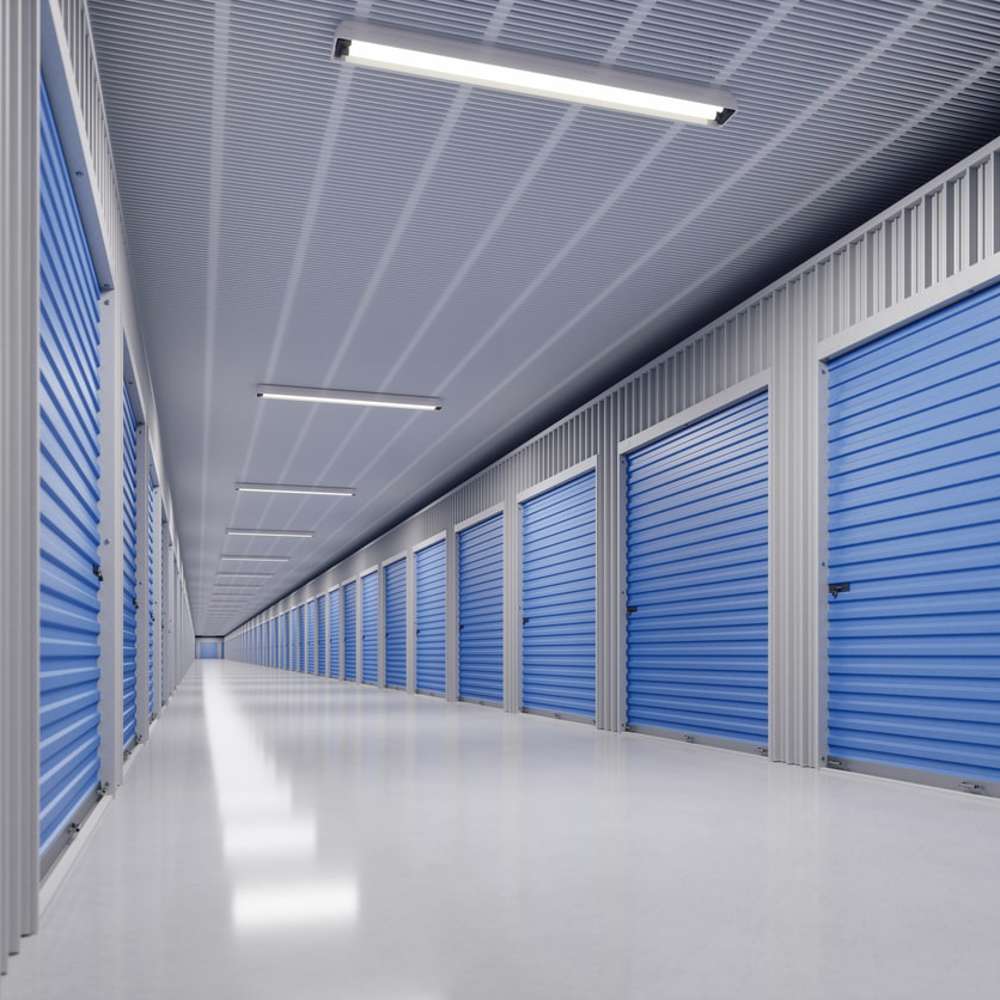Storing your low-speed vehicle (LSV) in the right conditions during the on- and off-seasons is the best way to get the most out of it for years to come. Just like household cars and trucks, the way you store your LSV depends on factors ranging from the weather in your area to available community options and the types of storage spaces near you. Whether you’re thinking about buying an LSV or already own one, check out our favorite tips on where to store different kinds of LSVs and how to prep them for the off-season.
1. What Is a Low-Speed Vehicle?
An LSV is a type of recreational vehicle (RV) that typically has a maximum speed of 25 miles per hour and seats only a few passengers. They’re ideal for short commutes or recreational use, but are rarely able to achieve freeway speeds. What officially constitutes an LSV tends to vary from state to state, but common examples include:
- golf carts, which you can use to traverse a golf course or at a large commercial setting (i.e., a warehouse)
- scooters, which you can use to commute short distances but aren’t usually fit for highways
- ATVs, which are popular with outdoor recreation enthusiasts but aren’t otherwise seen on roads or used for regular commuting
2. Common Storage Options for Low-Speed Vehicles
Depending on the type of LSV you own, how often you use it and your budget, there are several storage options to consider as you’re planning for the off-season.
Home Storage
Storing your LSV at home — whether it’s in your driveway or garage — is an easy option if you prefer to have your golf cart, scooter or ATV close at hand. That said, your LSV will take up considerable space, leaving less room for you to park your family’s other vehicle(s) and store important household items that you might want to keep in your garage for close access. Driveways also don’t offer protection from wind, rain and sun, all of which can damage your LSV.
Storage Facility
Some self-storage facilities offer a few options for LSVs, including secure indoor units and outdoor parking. If you don’t have space at home, live in an apartment that lacks a driveway or garage, use your LSV seasonally, or simply want the security of gate-restricted entry and electronic surveillance, a self-storage facility might be the best option for you. Here are a few key details to keep in mind as you’re researching facilities near you:
- the size of the unit
- whether outdoor parking is covered or uncovered
- whether the facility offers any amenities such as potable water
- winterization services or electricity
- climate-controlled units
What is “Winterizing,” Anyway?
Winterizing your LSV means getting it ready for cold temperatures, snow, ice and other winter elements, whether you plan on storing it or using it — LSVs can lose traction easily when the roads are wet, even at low speeds.
3. How to Store Different Types of Low-Speed Vehicles
Depending on the LSV you own, you’ll want to take the right steps to protecting it while it’s in storage, especially if you plan on keeping it there for an entire season.
Golf Carts
If you’re renting your golf cart from a club, then golf cart storage during the off-season may be included in your rental package. If you own your golf cart, however, then you’ll ideally want to store it in a climate-controlled storage unit or garage. This will keep your cart out of direct rain, snow and sunlight as well as help decrease wear on both the interior and exterior of the cart. To winterize your golf cart, you should:
- clean the cart thoroughly
- make any necessary repairs or tune-ups
- inflate the tires to meet manufacturer recommendations
- coat the battery terminal connections with anti-corrosion gel
- set the transmission switch to neutral
When storing your golf cart long-term, be sure not to keep the parking brake engaged. Instead, secure the cart with blocks or another stopping mechanism. This way, you aren’t putting long-term wear on the brake pads or loosening the catch brackets over time. If you own an electric golf cart, you should also refrain from keeping your golf cart plugged in when the battery is full. This can waste energy and put extra wear on your battery and battery terminals.


Scooters
While you can ride your motorized scooter all year, riders living in harsh winter climates may choose to store their scooter in the winter. Motorized scooters should ideally be stored in a climate-controlled unit. Keeping your scooter in temperatures above 45 degrees Fahrenheit during winter can protect your scooter from cold-weather damage, such as tire rot. If you’re storing your scooter outside for an extended period, consider investing in a scooter cover to prevent damage from direct exposure to sun, rain or snow. To prep your scooter for winter storage, you should:
- wash your scooter
- change the oil
- stabilize the fuel system
- charge the battery
| Tip: Periodically starting your scooter while it’s in storage can help maintain the health of the engine. This will move oil through the engine and ensure everything stays lubricated for future use. |
Dirt Bikes
Motorized dirt bikes can be stored in any garage, shed or storage unit. If you’re storing your dirt bike for the off-season, you’ll want to park it on a stand if possible, as this is easier on your bike’s tires. If you’re storing your bike outside, it’s recommended to have a cover so that dust, rain, snow and direct sun exposure don’t add wear to the bike. When winterizing your bike, you should:
- change the oil
- wash the bike
- use a fuel stabilizer
- turn off the gas tank
- lube the bike chain
- check the tire pressure


4. ATVs
The best way to store your ATV during the off-season is in a dry, cool place, such as a shed, garage or storage unit. If you don’t have access to these, you’ll want to invest in a waterproof ATV cover. Weather or elemental damage can wear down the exterior and damage interior parts, such as the engine or battery.
You can use your ATV all year round, depending on your climate or personal hobbies. If this is the case, it’s important to note certain ATV trails may be closed, especially in areas with heavy snowfall, and that there may be city regulations on where you can ride. You can check with your city or state’s Parks and Recreation Department or DMV to see if any of these apply to you. If you won’t be using your ATV in the snow, take the time to winterize your vehicle. You can do this by:
- removing the battery and hooking it up to a trickle charger
- topping off fuel and adding a fuel stabilizer
- cleaning and lubricating the vehicle
- topping off coolant and brake fluid
- checking tire pressure and filling to the manufacturer's recommendation


5. Jet Skis
Like boats, your jet skis can be parked in dry outdoor or indoor storage. We don’t recommend storing your jet ski in water for an extended period of time, as you can risk sinking the craft due to excess water or ice buildup. If you’re storing your jet ski outside in the long-term, invest in a jet ski cover that can protect your vehicle from snow, rain and sun damage. In order to weatherize your jet ski for the winter, you should:
- drain it of all excess water
- clean the craft
- stabilize the gas tank
- use a fogging oil for internal machinery
- remove the battery
- plug the exhaust pipe
Keeping your LSV sheltered from direct weather exposure can help you prevent damage to the internal and external mechanisms. Whether you’re putting your LSV away for the season or need to store it long-term, these tips can help ensure that your vehicle will be primed and ready for your next use.








